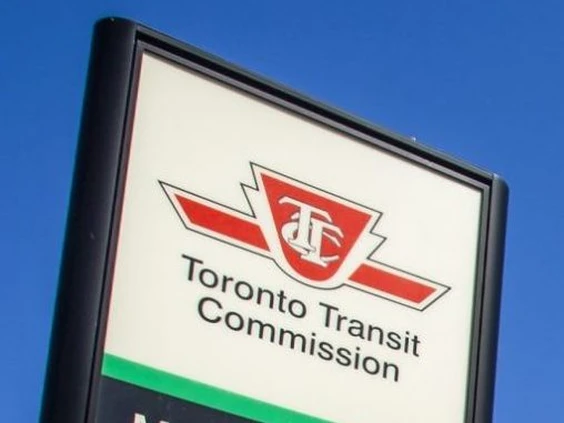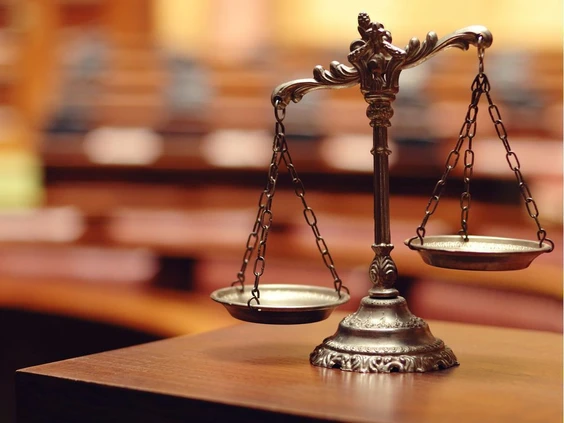Hockey Canada is on thin ice.
Embroiled in a sexual assault scandal that continues to grow, CEO Scott Smith and the board of directors resigned last week.
The organization has also launched a governance review, lead by former Supreme Court Justice Thomas Cromwell, as part of its commitment to turn the organization around.
But is this enough?
Hockey Canada has a systemic problem that it has used money and secrecy to sweep under the rug. The organization paid over $8.9 million dollars to settle cases relating to sexual assault since 1989. A significant amount of these funds went to settle claims of junior hockey players that alleged sexual abuse by their coach Graham James.
More recently, an unspecified amount was paid to settle a case that was launched in 2018 by a woman who alleged she was subject to a group sexual assault involving junior hockey players on the championship team.
An interim management committee will be put in place until a new board is elected this December. Optically, this may seem like what an organization should do.
But window dressing could be all this is. What is the organization doing to address the training of coaches and the protection of players? When players engage in misconduct how will Hockey Canada respond in the future? When coaches are the source of the rot, how swiftly will they be removed from their positions of power and influence?
Changing the board and CEO may look good, but frankly, the change in leadership doesn’t answer these heavy questions. Board directors rarely ever weigh in on the day-to-day operations of an organization. It’s job is to support and oversee the conduct of the CEO. CEOs are often out of touch with what is happening in the field, or in this case, on the rink and in the locker room.
The settlement of many assault cases by Hockey Canada over the last three decades only suggests that other cases exist but remain unresolved. How Hockey Canada handles any outstanding claims is critical to how it shapes its future.
Hockey is a Canadian treasure that has been tarnished by this scandal. To capitalize on this campaign to improve, Hockey Canada should do the following:
- Create a forum for victim support;
- Become resource rich for players and employees that have suffered assault or harassment;
- Provide safe communication tools to report abuse;
- Create a truly diverse board that has an equal amount of women. The most recent board had only one female director;
- If you want to change leadership, canvass the opinions of different people;
- Overhaul coach oversight. Most of us don’t know how, or if, coaches have even a basic level of oversight to manage performance and problematic behavior. When entrusted with the livelihood of junior players, many of whom are minors, it is incumbent on the organization to ensure misconduct is identified and ousted early and often;
- It must have a zero tolerance policy for harassment and assault, obviously.
On to this week’s questions:
Q. The company I work at is downsizing and will be offering voluntary buyouts to some employees. How does a voluntary buyout work and can I get a lawyer to help me before I decide what to do?
A. A voluntary buyout is a separation agreement that is offered to employees during a downsizing period. Employees are usually given the option of accepting the terms of the severance package or are free to continue working. Voluntary buyouts are formulaic and offer employees a package based on their length of service and seniority. Because the package is voluntary, employers can be reluctant to negotiate the terms. Still, speaking to a lawyer about a voluntary exit package is always prudent.
Q. I work in the tech industry and have read about a lot of layoffs in the sector. How long can a layoff last?
A. Sometimes the term “layoff” is used interchangeably with “termination.” A lot of the “layoffs” we are hearing about in the media are actually permanent terminations. If your company proceeds with a temporary layoff however, employees may often be in a legal position to resist the layoff and claim wrongful dismissal damages. If employers are permitted to lay off employees, they can only lay off employees for up to 13 weeks without benefit continuation or up to 35 weeks with benefit continuation. Get your employment contract reviewed to understand your rights on a temporary lay off.
Have a workplace issue? Maybe I can help! Email me at sunira@worklylaw.com and your question may be featured in a future column.
The content of this article is general information only and is not legal advice.




